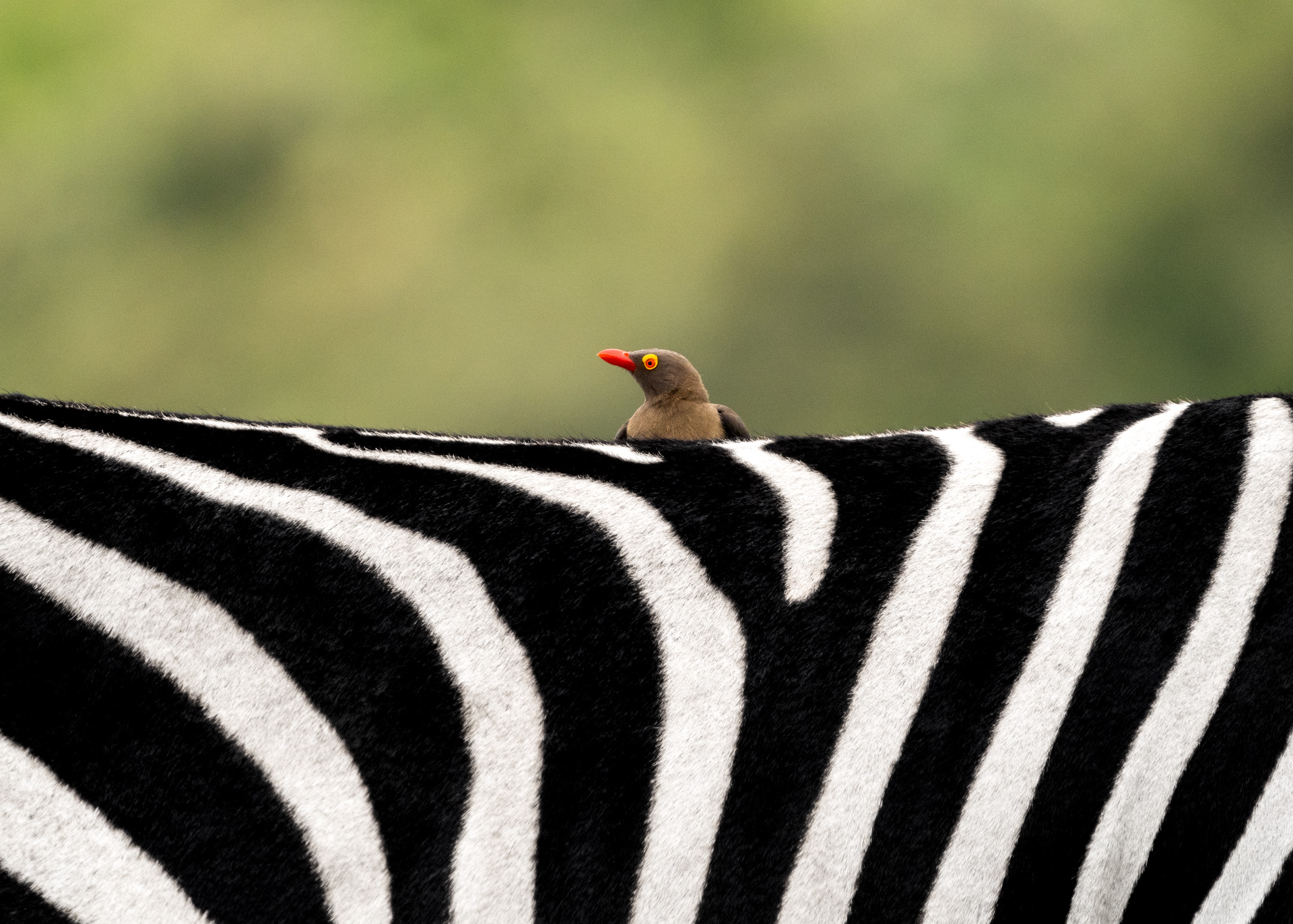
The two species of oxpeckers found in the Mara live in association with many species of herbivores ranging from rhinos, giraffes, buffalos, impalas and warthogs. It’s one of the most common relationships we see between animals when out on safari.
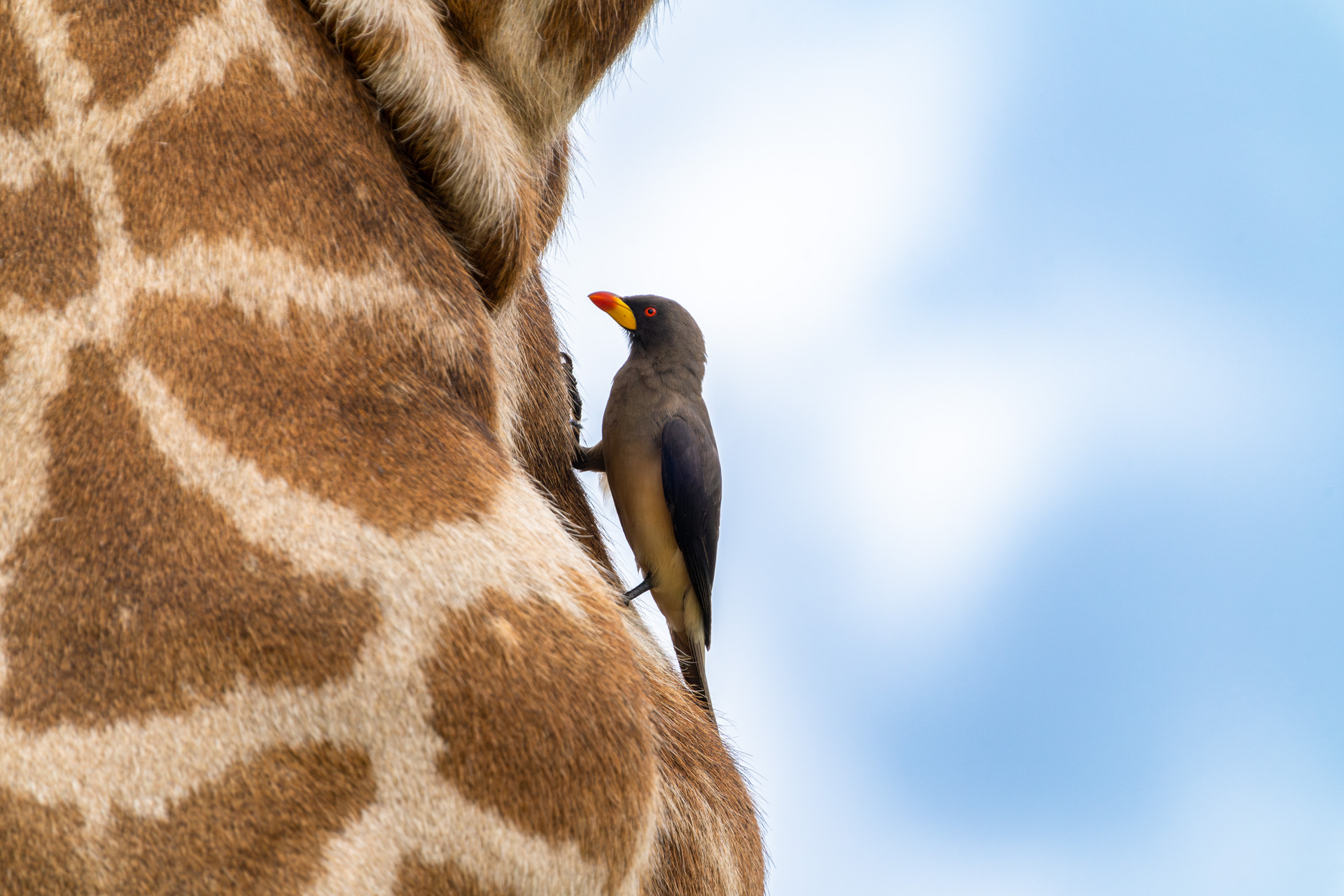
The red and yellow-billed oxpeckers spend daylight hours picking and consuming parasites from their hosts in a win-win relationship, known as symbiotic or mutualistic. Herbivores benefit greatly by having their bodies cleaned from parasites — including having their own early-warning system when the birds alert the animal to look up and respond to a potential threat.
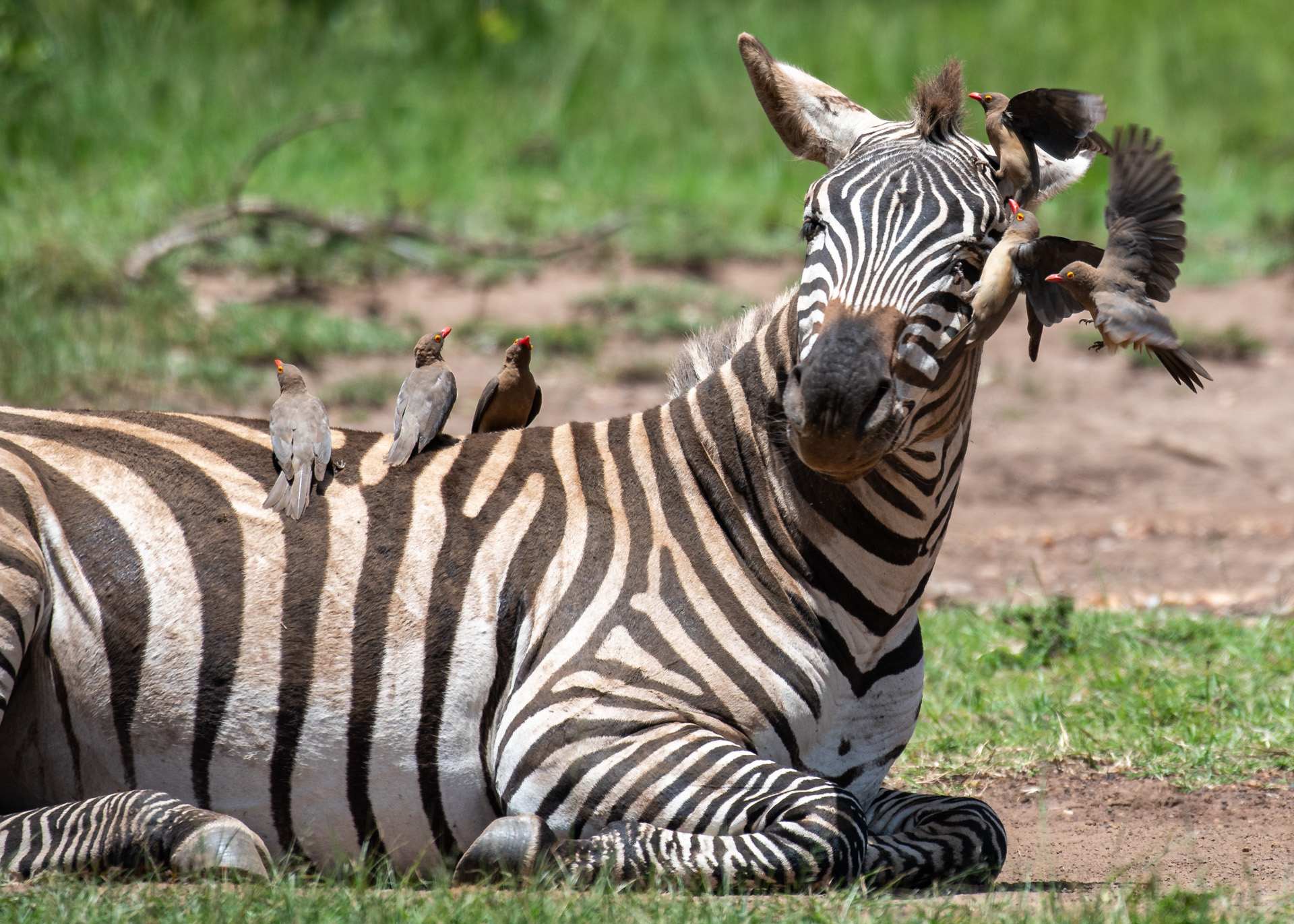
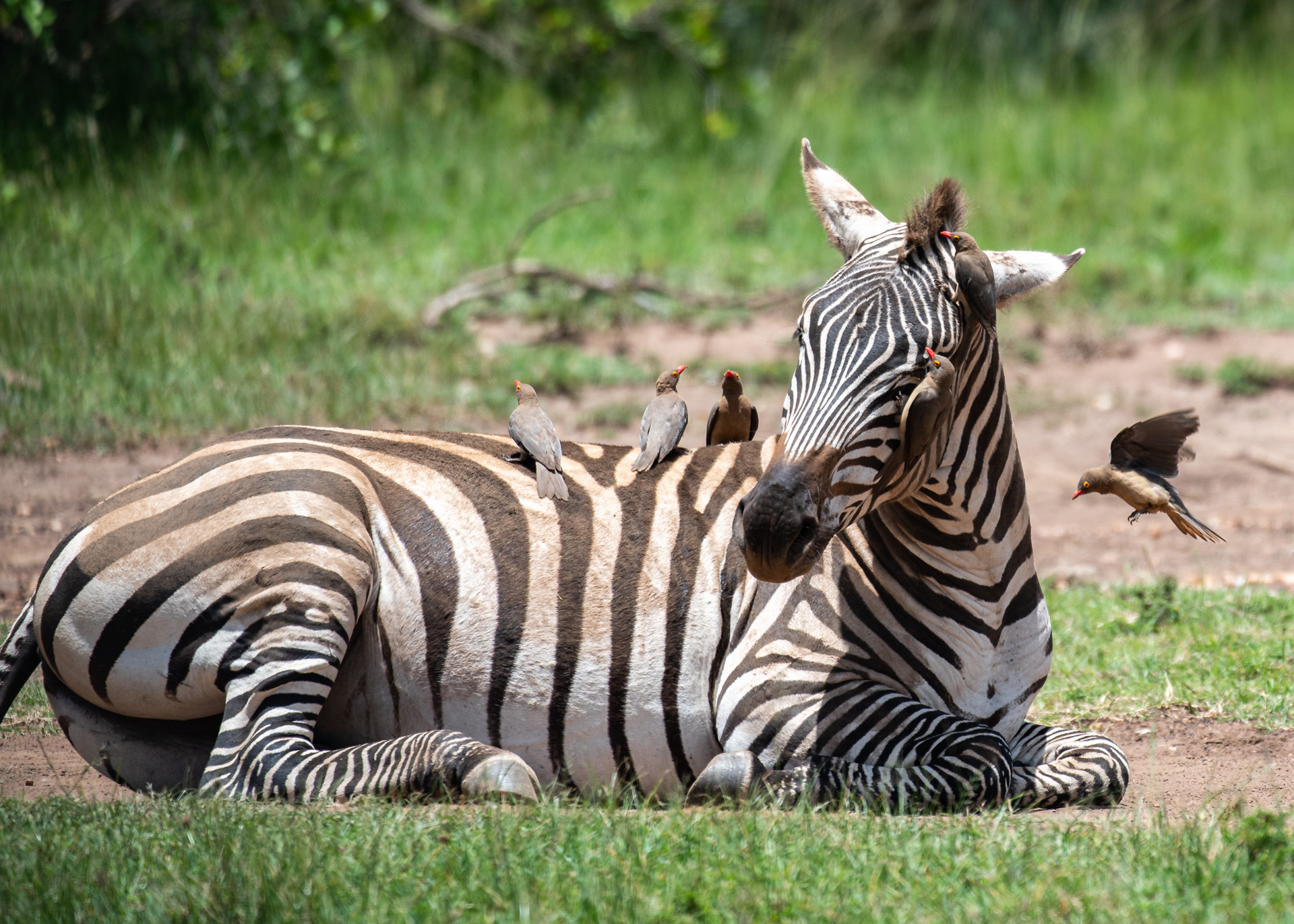
The birds enjoy more than just a meal, they line their nests with hair plucked from the animals. The hair is placed on the grass in a cup-like form which becomes flattened over time. I can’t imagine having hair plucked from their hide was part of the initial agreement, therefore the herbivores might be getting shortchanged here.
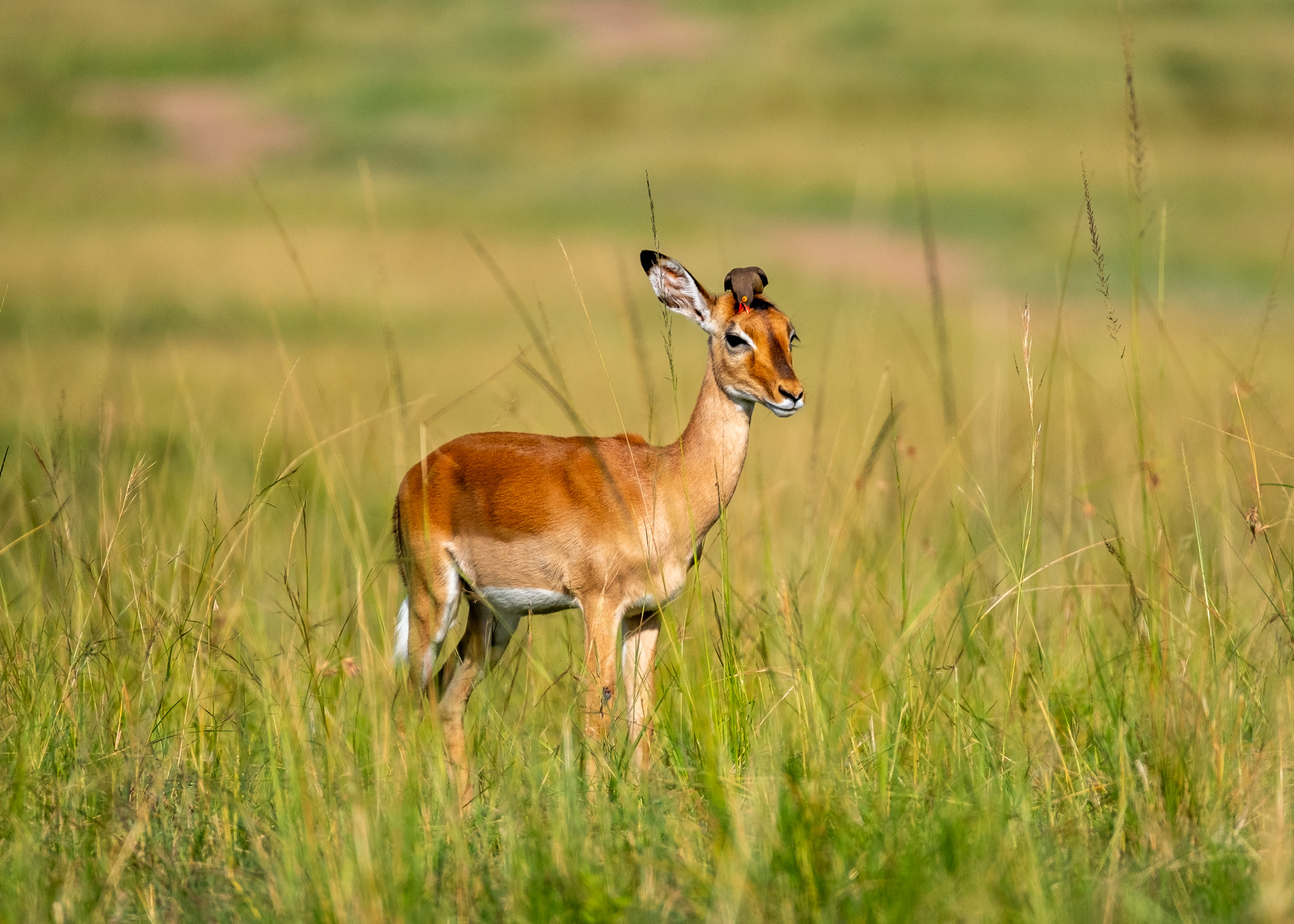
Long legs with short toes and a short tail are the characteristics of a southern ground hornbill, but they are formidable predators and prey on any small animal or large insect. These birds are strong flyers but hunt and spend most of their time on the ground during the day walking. A few strikes or shakes with their massive beak will kill their prey, which sometimes even includes venomous snakes.
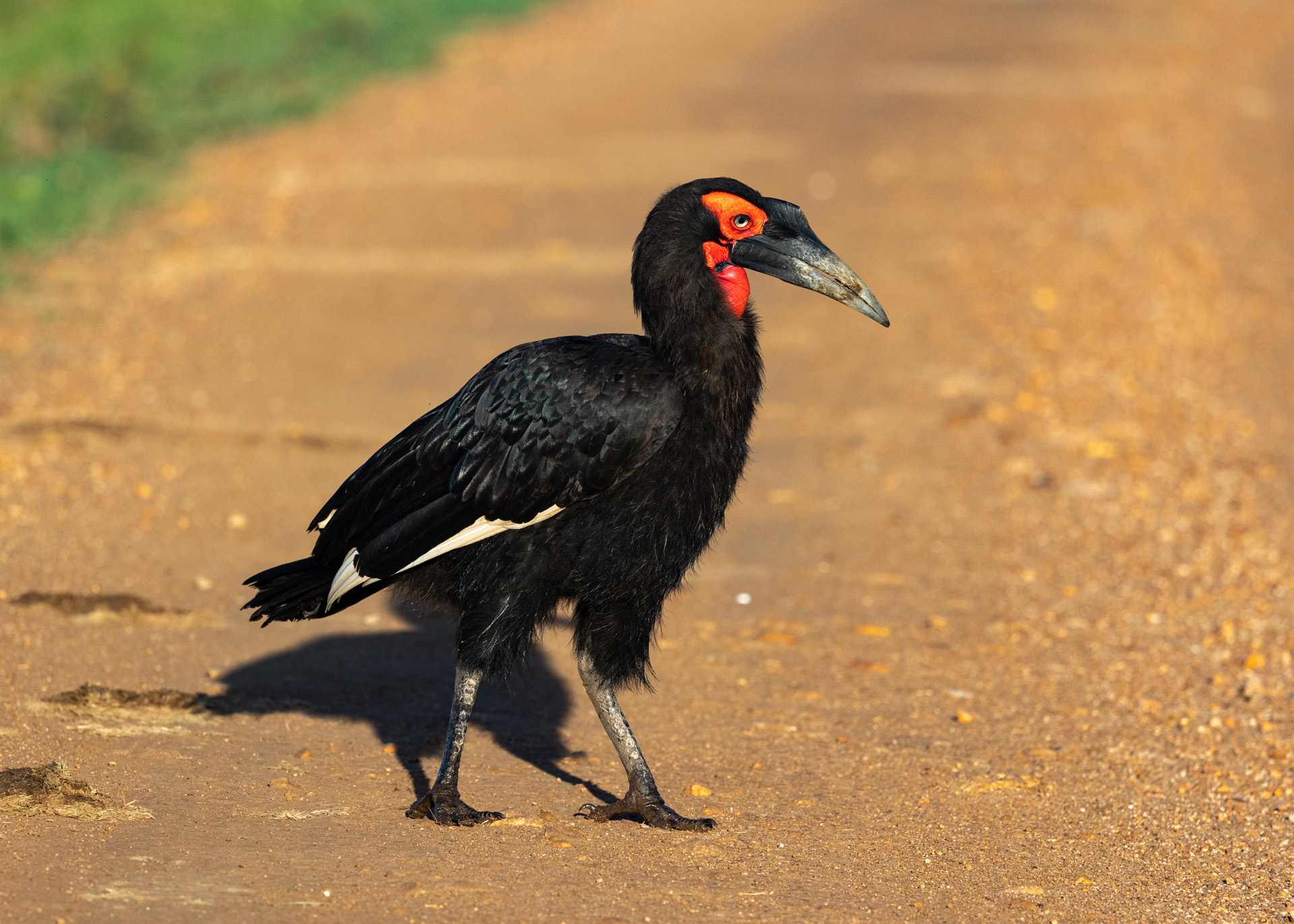
With such a formidable weapon, a terrapin is no match for a southern ground hornbill even with the thick shell covering its body. The beak makes easy work by poking and prodding through the shell's opening and swallowing pieces of its prey.
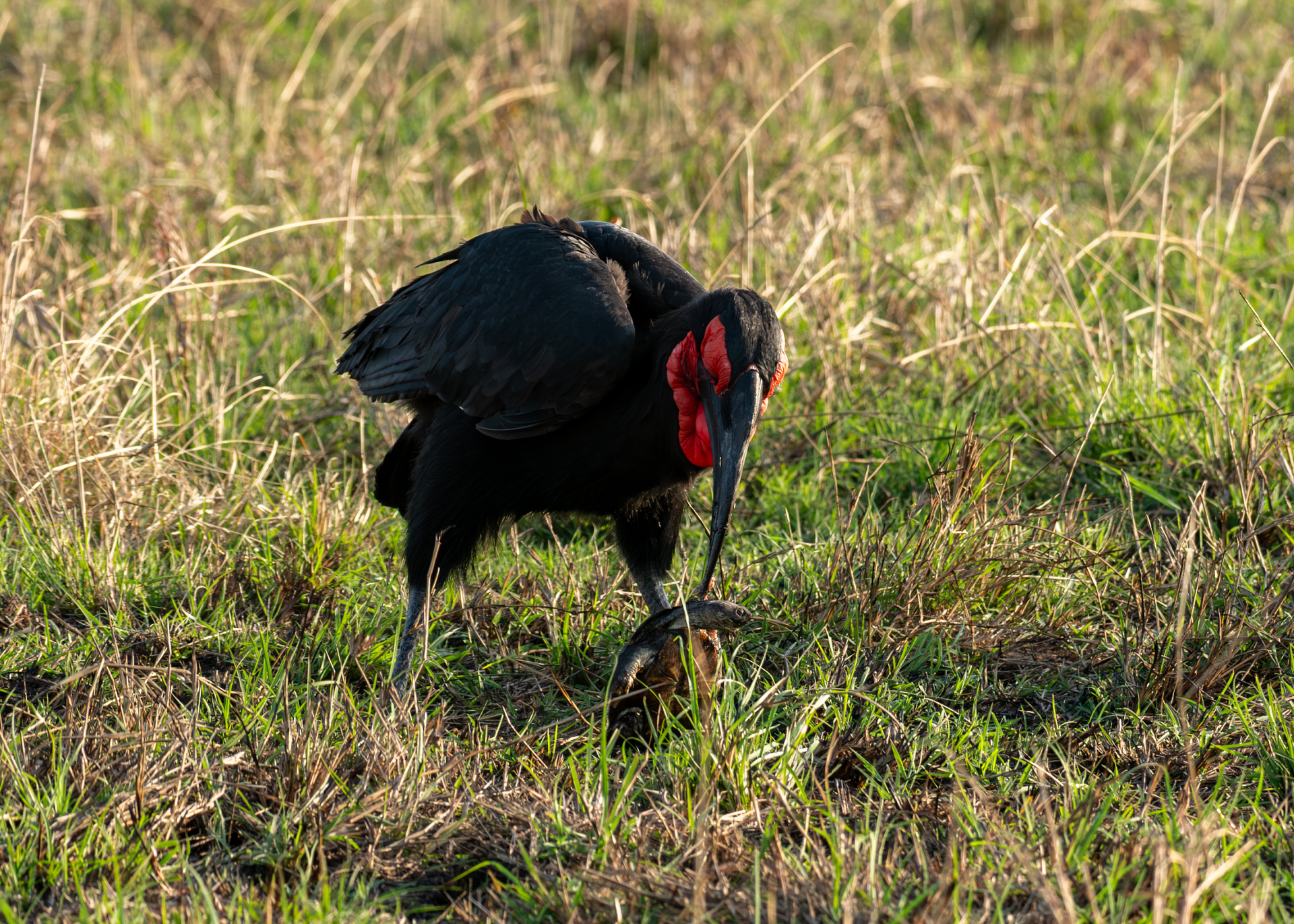
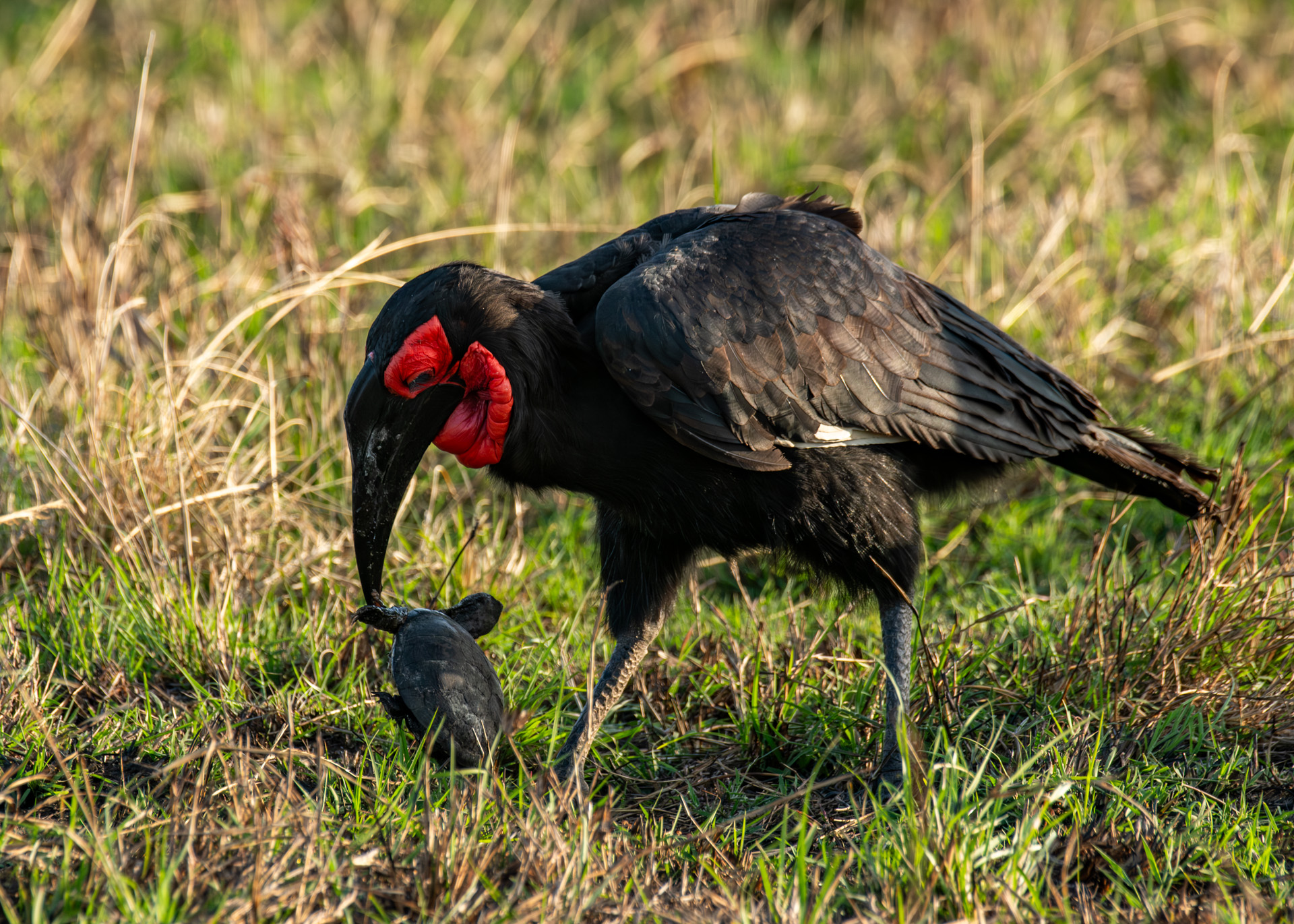
Cheetah sightings in the Triangle keep getting better between Risasi and her two cubs, her two brothers Ruka and Rafiki and the nomadic male. Now, we have new boys in town — and they come in a coalition of three.
These males were raised by the famous Siligi from the Serengeti in Tanzania. Siligi is an eight-year-old female that gained fame when she gave birth to an unusually large litter of seven cubs in 2019, but subsequently lost six. She is also a sister to the late Oldapan who was a member of the famous Tano Bora male coalition.
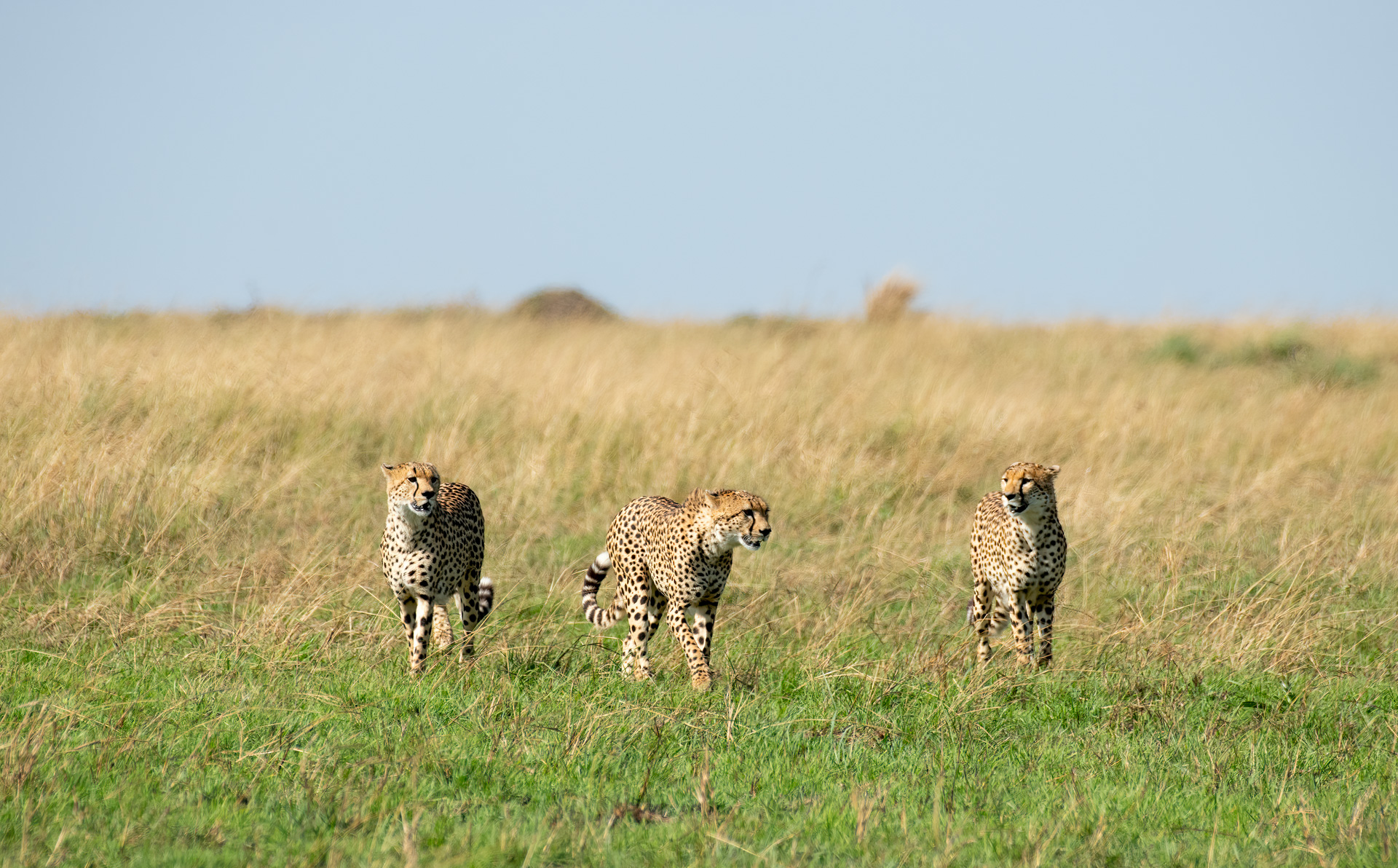
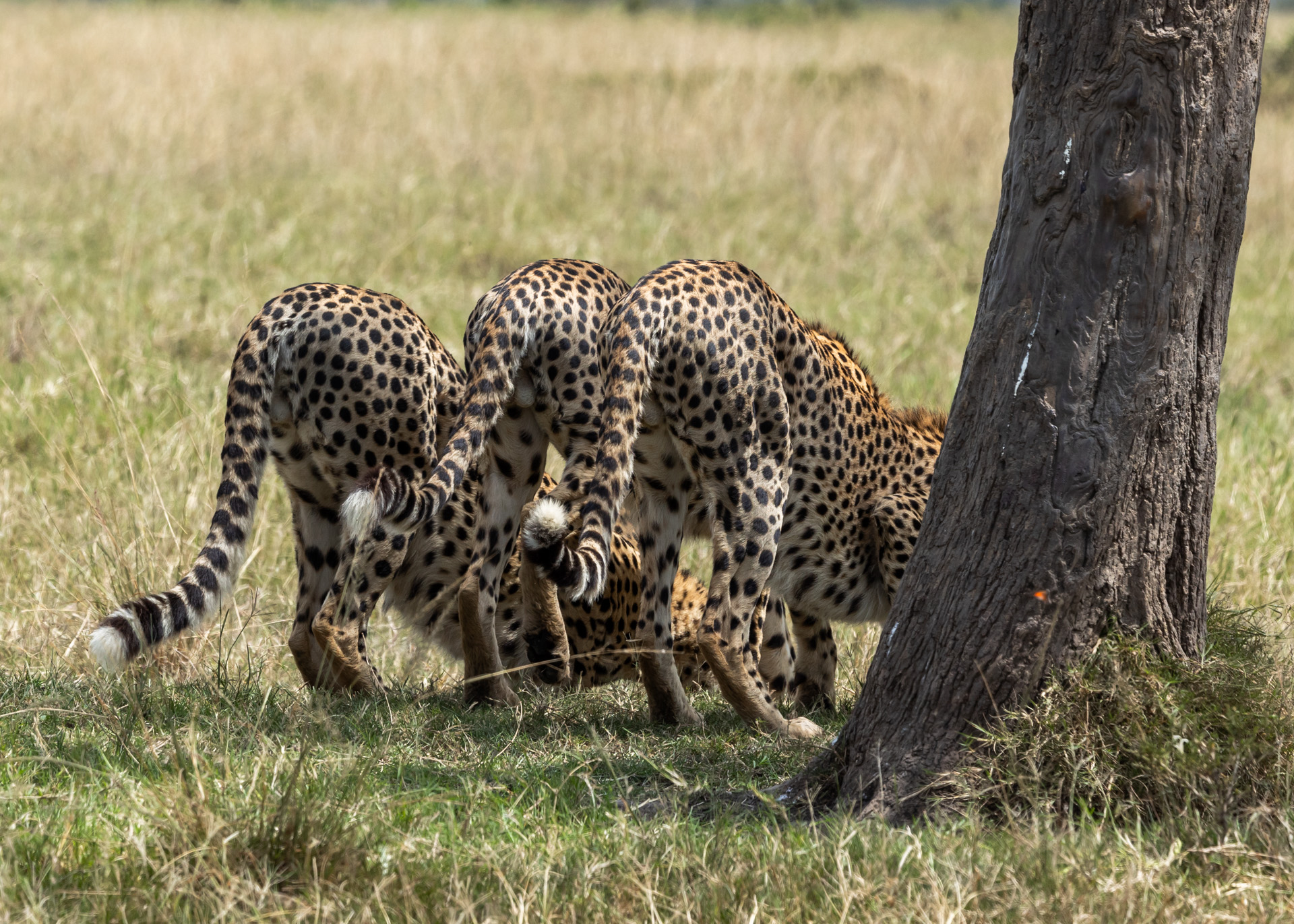
Born in 2021 in a litter of five cubs, Siligi managed to successfully raise these three boys to adulthood. They separated from their mom last year when they were nearly two years old and now have arrived in the Mara, possibly looking for trouble.
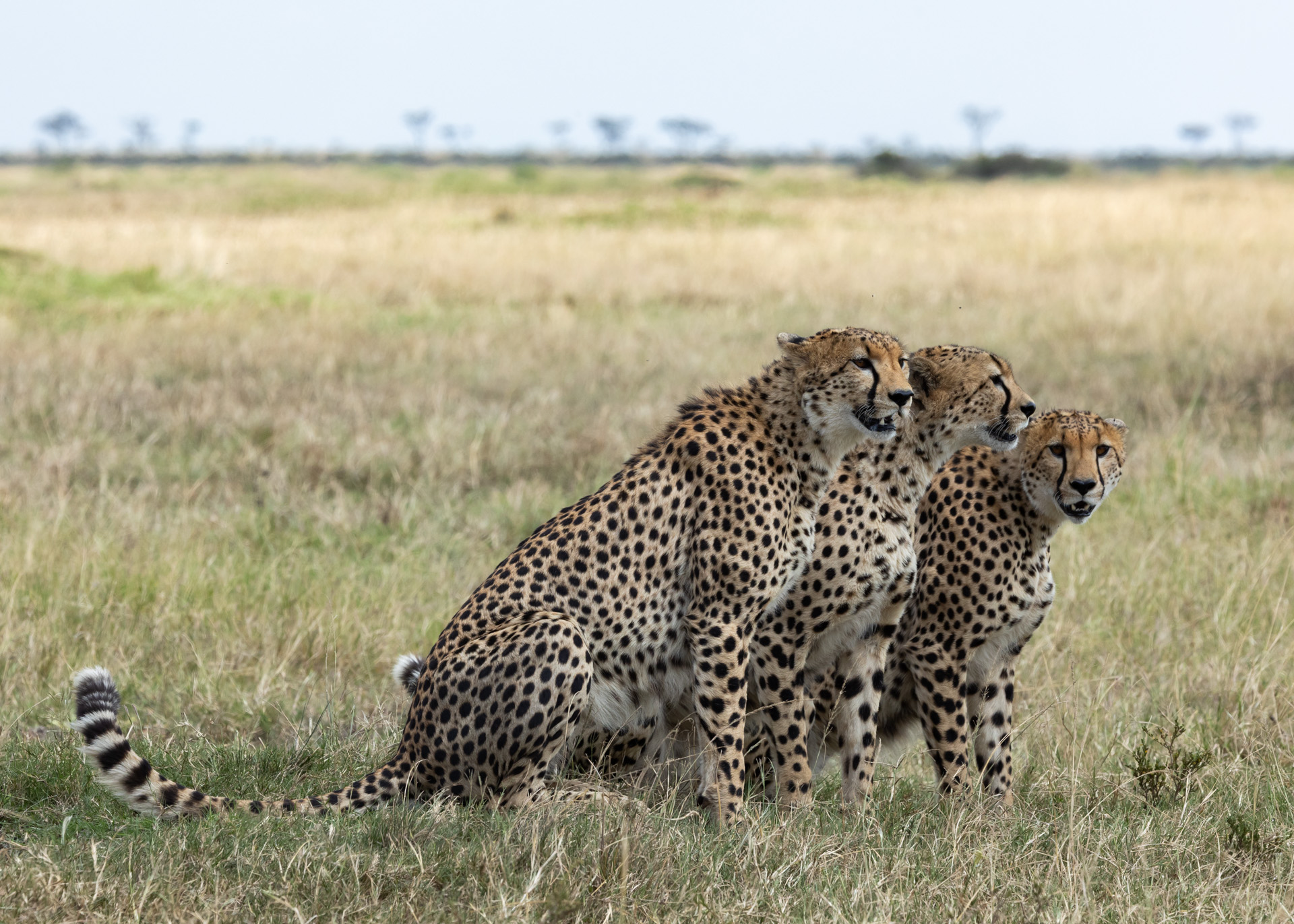
It has been roughly two months since the Salt Lick male leopard was featured in our blog — when we found him with a buffalo calf up a tree. This week, we discovered him hot on the trail of another leopard, chances are it's a female in his territory.
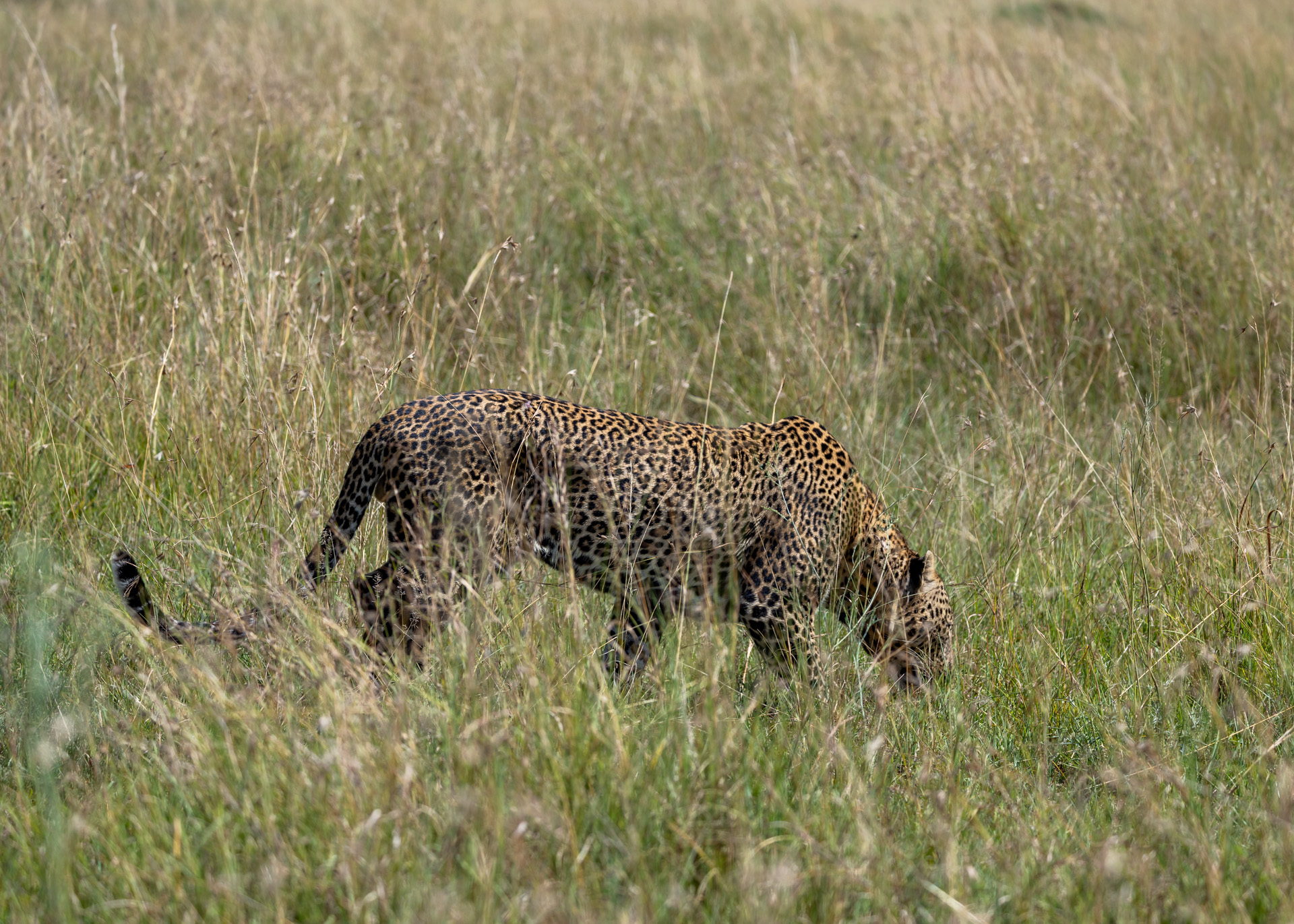
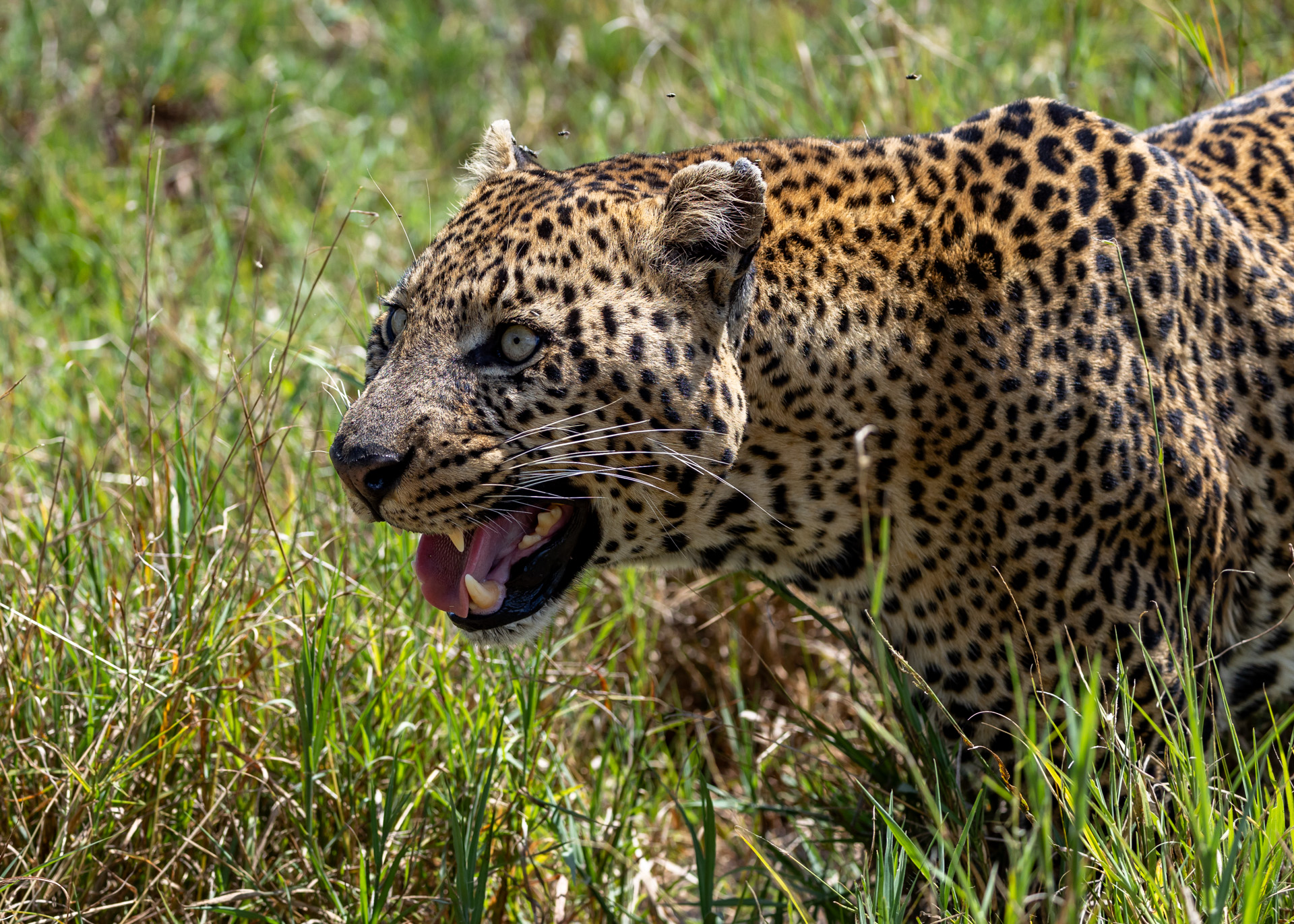
Being at the bottom of the predator hierarchy order is no fun especially when the bigger bullies are watching your every move. Risasi and her boys don’t often have it easy after taking down a kill. Luckily, this time the family had their fill before a lioness chased them off with nothing left but scraps for scavengers.
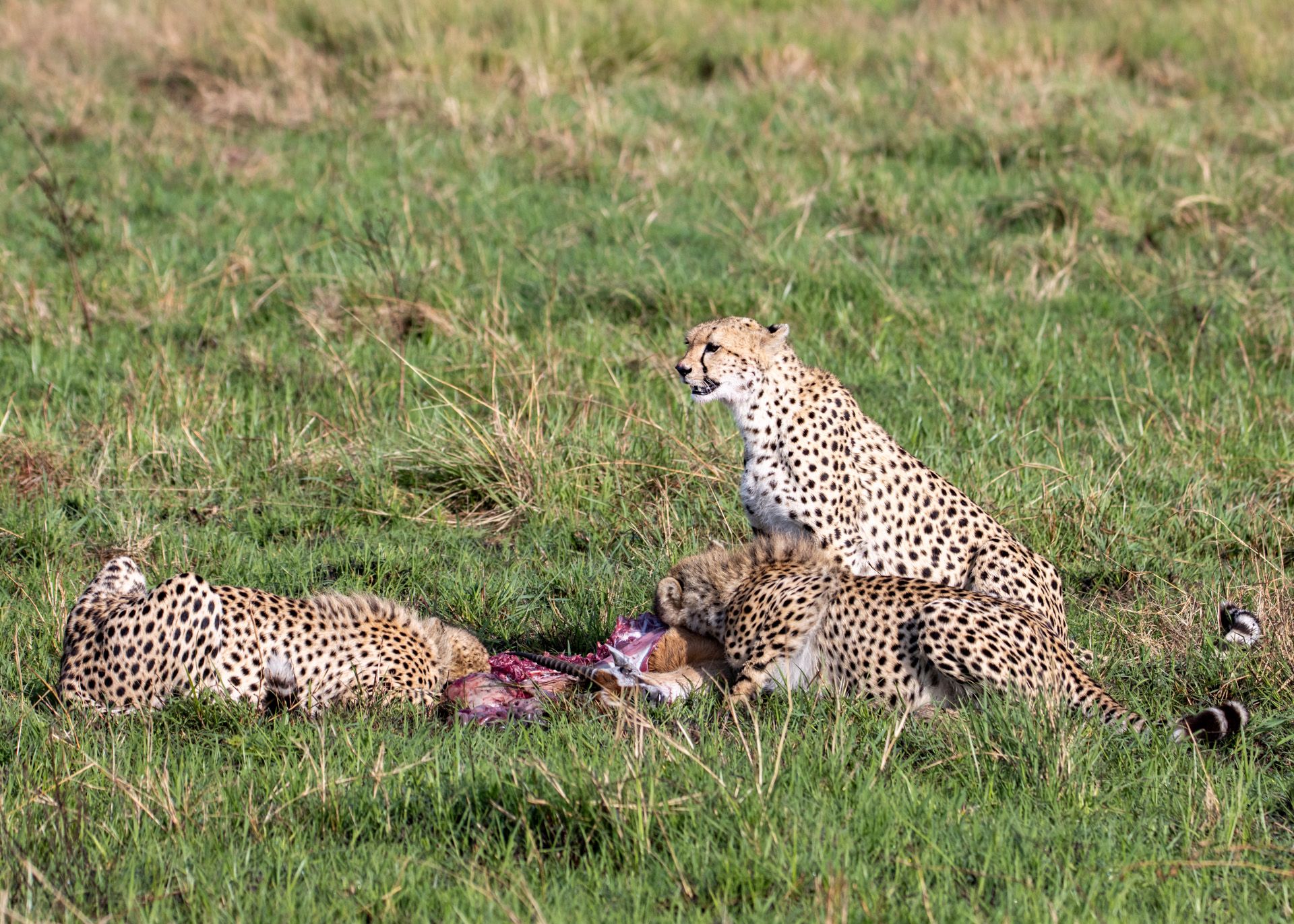
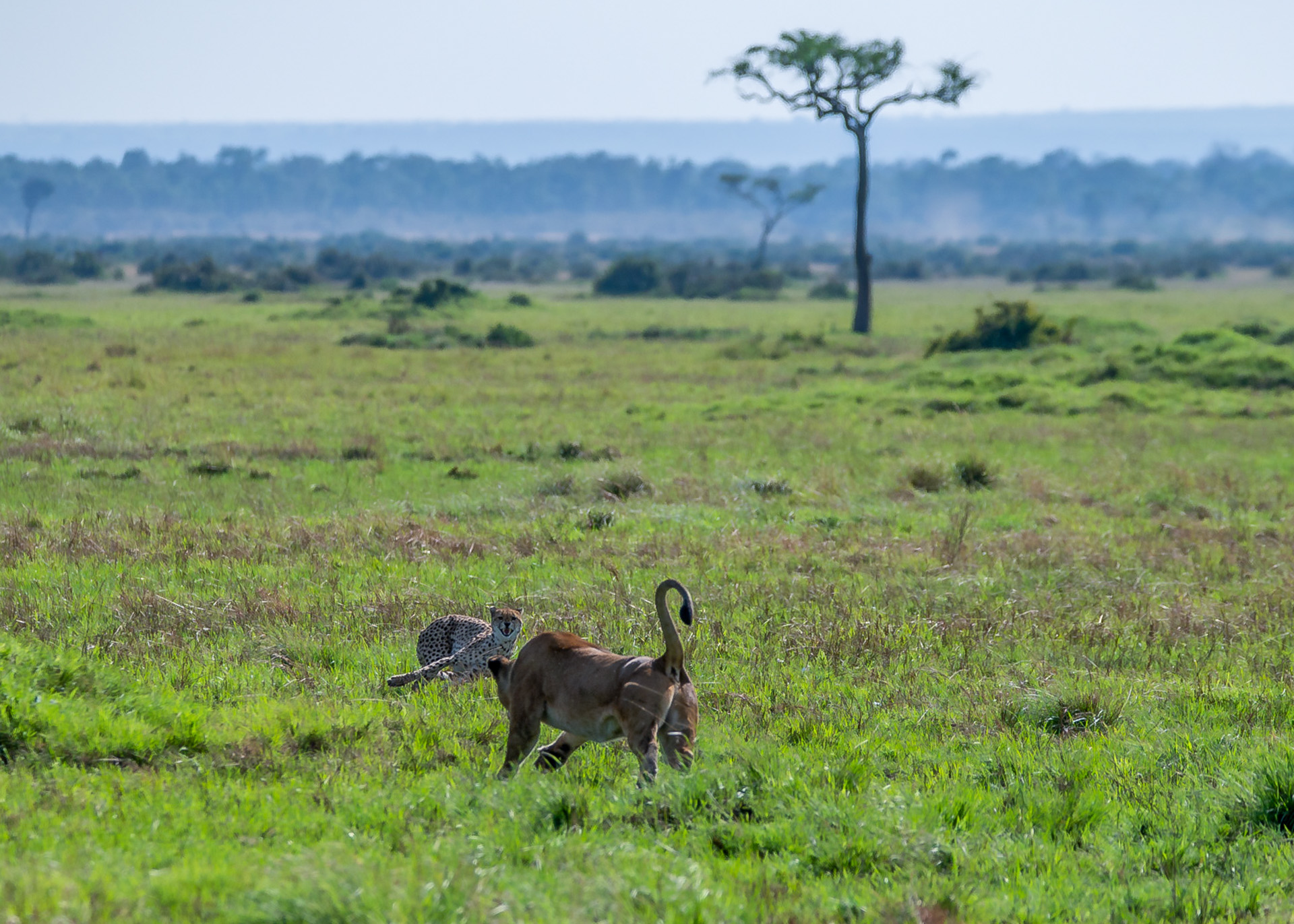
The Nyati boys are still living up to their name this week when we found them early one morning with a buffalo kill. They had gorged themselves for two days before leaving just the skeleton for a cleaning crew to dispatch the remains. These males are truly coming of age as they keep expanding their territory towards the unguarded Bila Shaka territory.
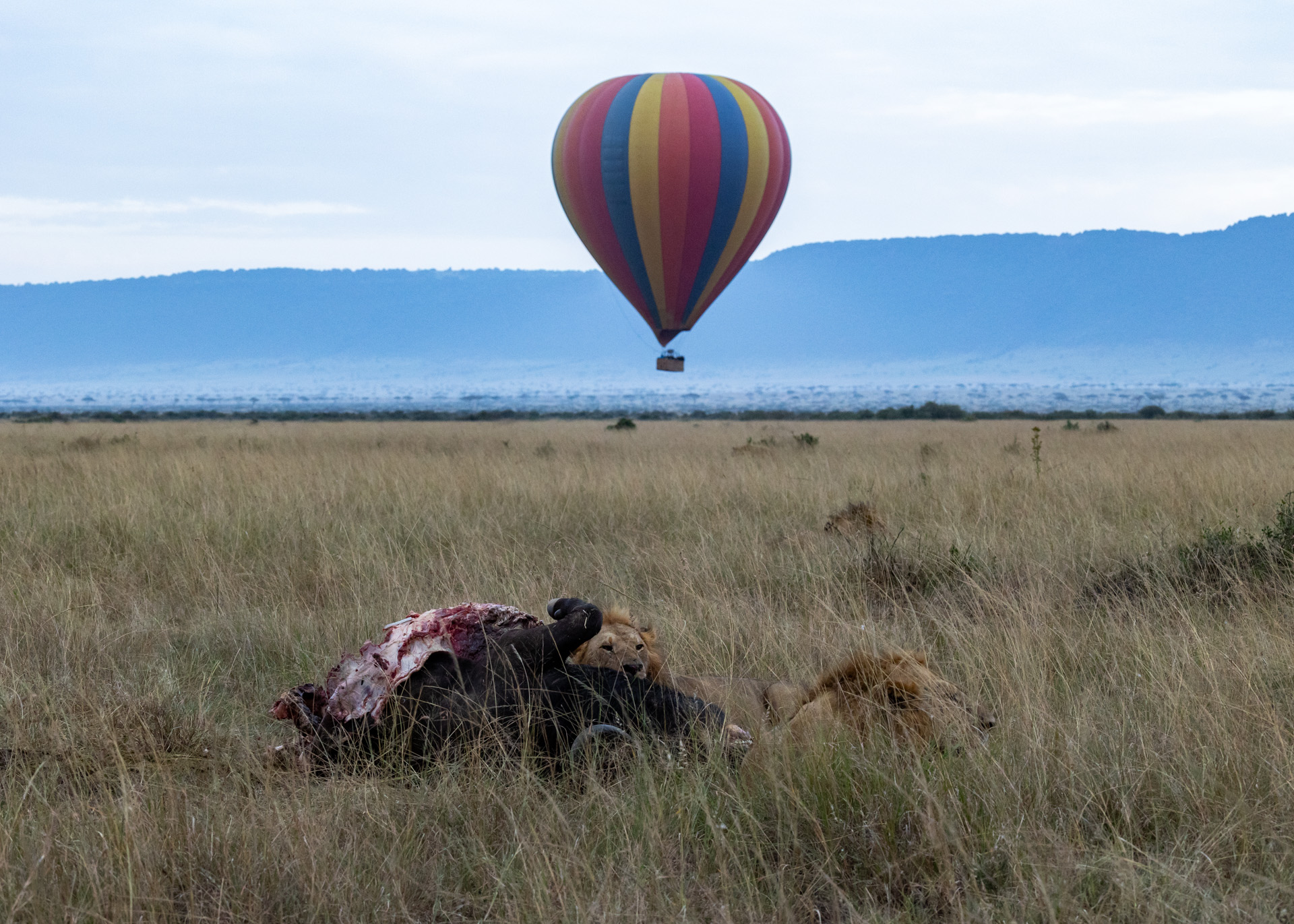
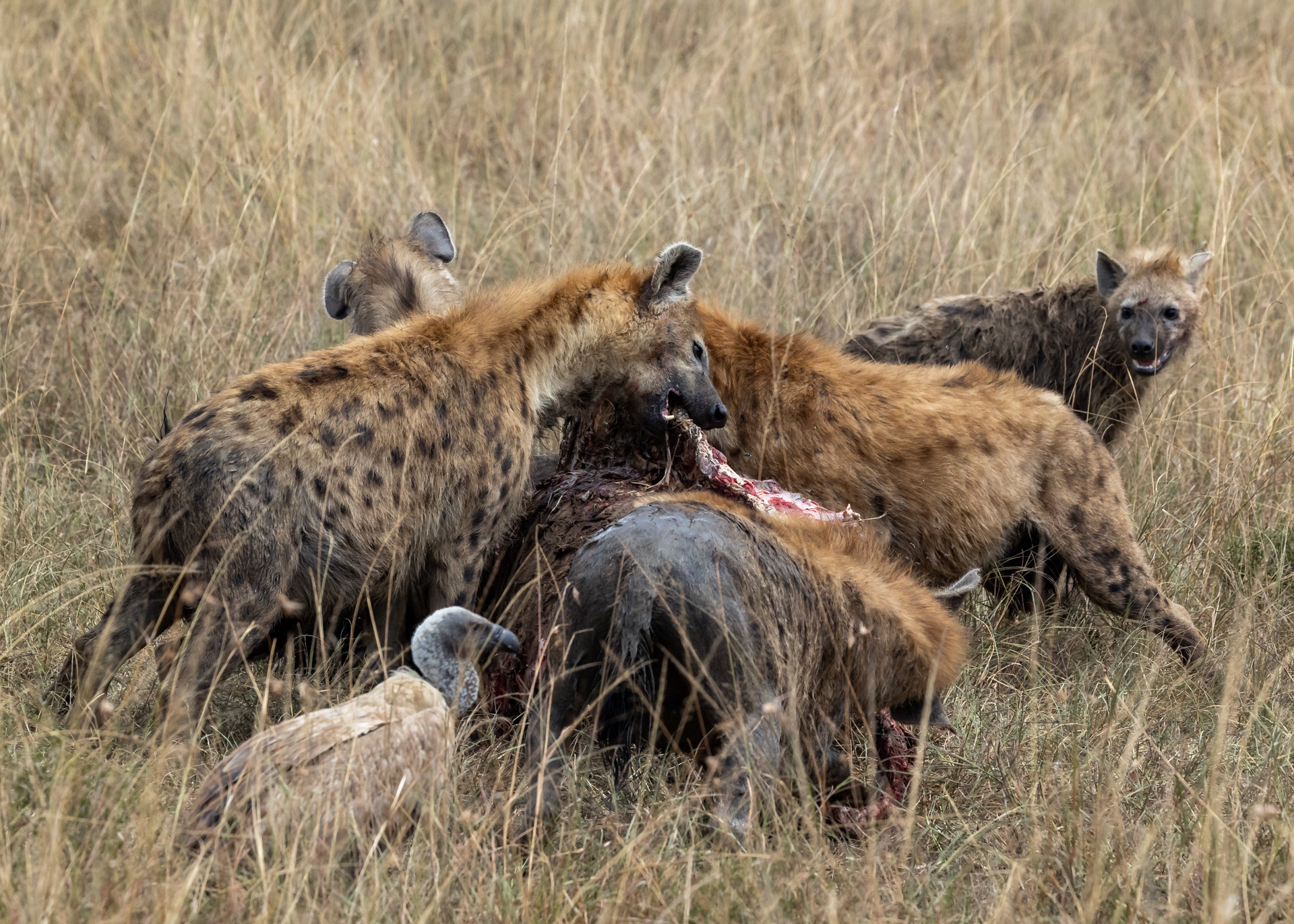
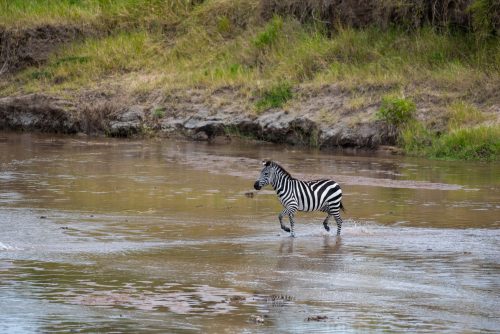
This time a year ago, the migration was fast approaching with the first herds of zebra crossing the Sand River. So far this year, all we have heard is whispers, so the anticipation is high.
Filed under: This Week at Angama
Subscribe for Weekly Stories
Comments (0):

The Angama Shamba